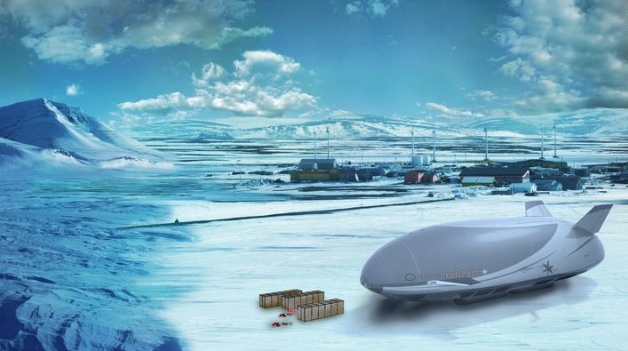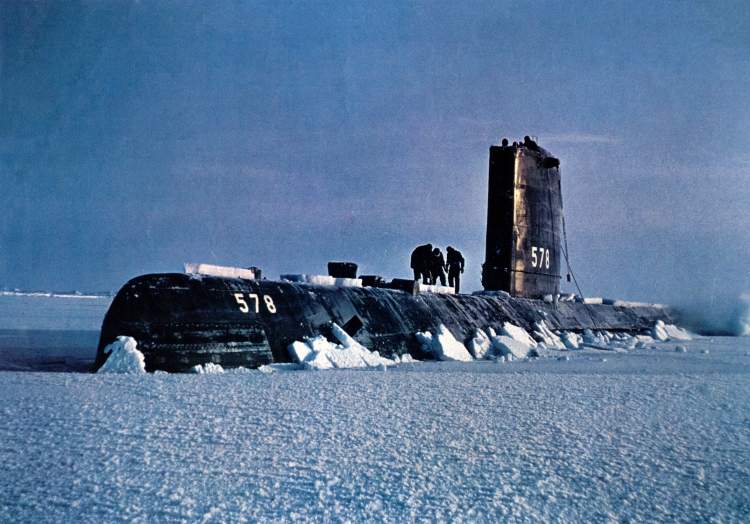While the debate continues as to what combat aircraft can best serve the future needs of the Royal Canadian Air Force (RCAF), the Canadian Forces Aerospace Warfare Centre (CFAWC) in Trenton, Ontario serves a vital role in determining how best to employ Canadian airpower. In 2009, this research centre released “Projecting Power – Canada’s Air Force 2035,” which examines the conditions necessary to extend Canadian expeditionary capabilities in the future. More recently, the CFAWC initiated the Emerging Skies Initiative, releasing a Concept of Operations in February 2014. This is not intended to serve as an RCAF procurement program but rather to identify what the future demands on the RCAF might be 10 to 30 years from now. Work on that project is ongoing and involves partnerships with academia and the defence industry.

Under the Emerging Skies Initiative, the CFAWC is currently working on several other, more specific operational concepts. Of particular interest for those concerned with Arctic security, one of these ongoing projects is the RCAF Arctic Airships Concept, which explores the potential for airships to provide Canada with airlift capability in the Arctic. This has prompted some, such as Canadian engineer Charles Bombardier, to propose airship concepts such as the Alert, which is named after the northernmost inhabited place on the planet, Canadian Forces Station (CFS) Alert. Such an aircraft would hypothetically patrol Canada’s northern skies, carrying up to 200 tons of cargo, with the capability to deploy ground troops or participate in search and rescue operations.
While the Alert seems to closely match what the Arctic Airships Concept is intended to explore, some significant tweaking seems necessary. The CC-155 Buffalo fixed-wing aircraft is employed by the RCAF for search and rescue operations not only in the Arctic but throughout much of Canada. Although there is a desperate need for a replacement model and the CC-155’s manufacturer, de Havilland Canada, was acquired by Bombardier and split up more than 10 years ago, it is very likely the RCAF will opt once again for search and rescue aircraft that can be reliably used anywhere in Canada. It is certainly true that Canada’s North lacks paved runways that can accommodate strategic airlift like the Boeing CC-177 Globemaster, but there is otherwise a very limited need for manned airships.

There is a potential opportunity, however, in the acquisition of unmanned airships for Arctic surveillance. The US-based firm Airship Manufacturing has introduced an experimental Unmanned Autonomous Blimp (UAB) known as the Sky Sentinel, a first foray into increasing the payloads of airborne drones. Sky Sentinel would not be an ideal fit for the RCAF, having a severely limited range, but it has the capacity to remain aloft for 18 hours without refueling. Lockheed Martin has also been working on a High Altitude Airship (HAA) design, although a test flight of its High Altitude Long Endurance Demonstrator (HALE-D) encountered significant difficulty in 2011. The technology is not yet there for a fleet of airship drones to patrol Canada’s Arctic, but it might well be there soon. In fact, the efforts of both large-scale aircraft manufacturers, like Lockheed Martin, and small tech firms, like Airship Manufacturing, shows that the RCAF could count on an unmanned model long before a manned monstrosity capable of strategic airlift will appear on the market.
In any case, through the brainstorming of the CFAWC, the next decade might see some odd silhouettes in the skies over Nunavut, the Northwest Territories, and Yukon Territory.




